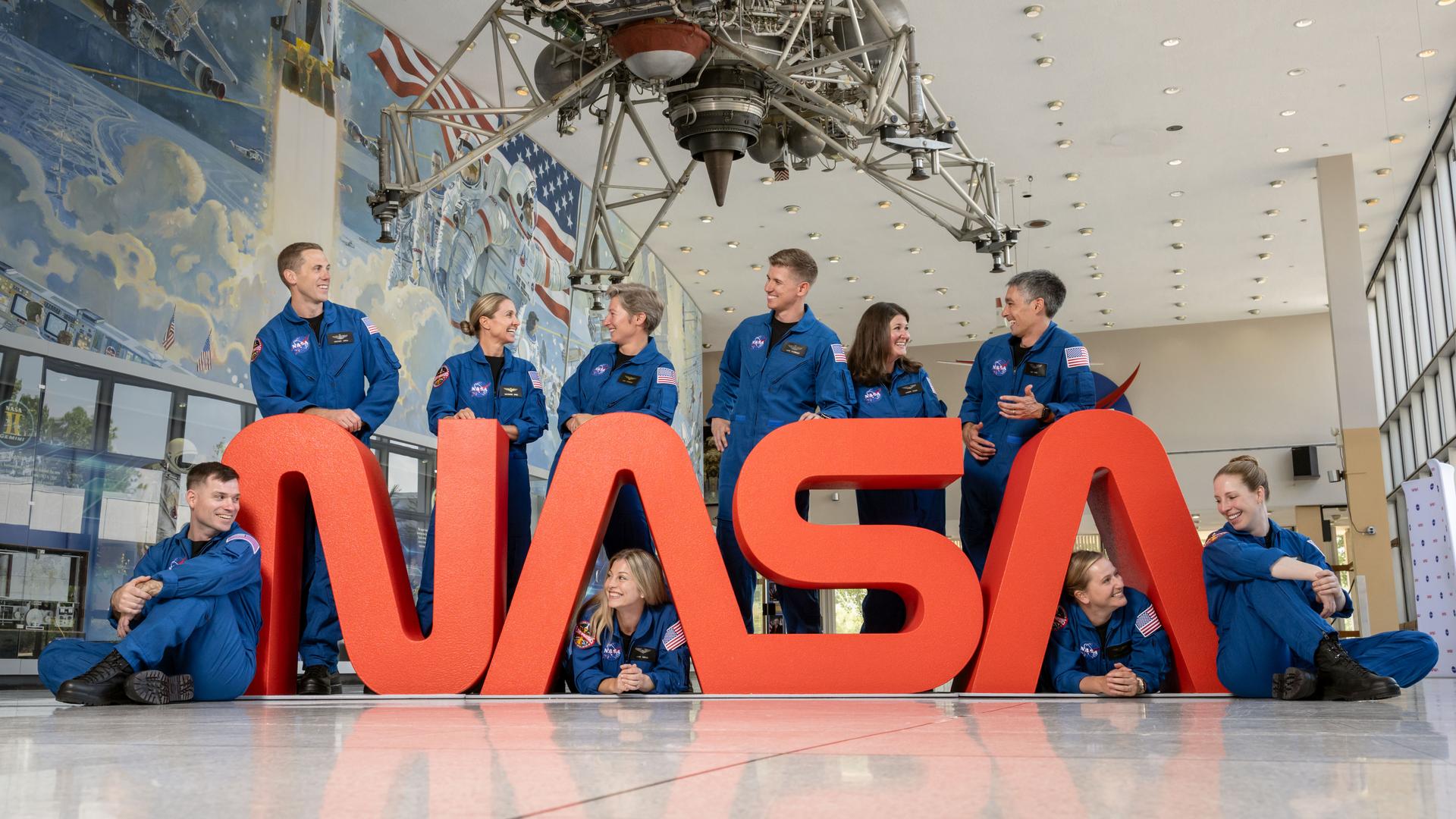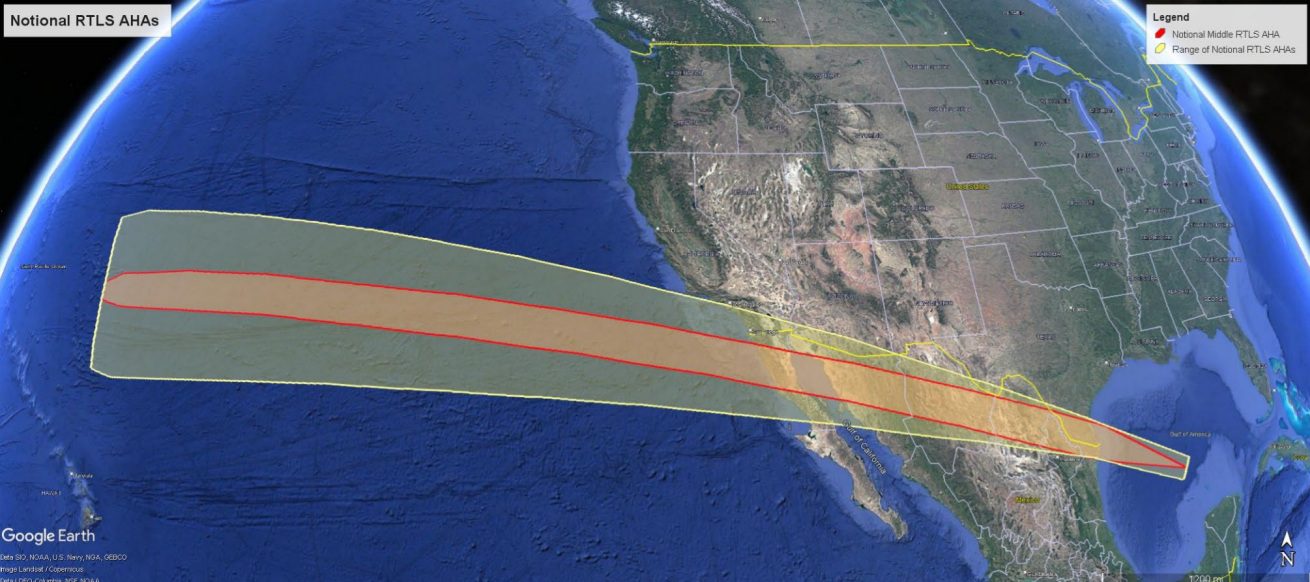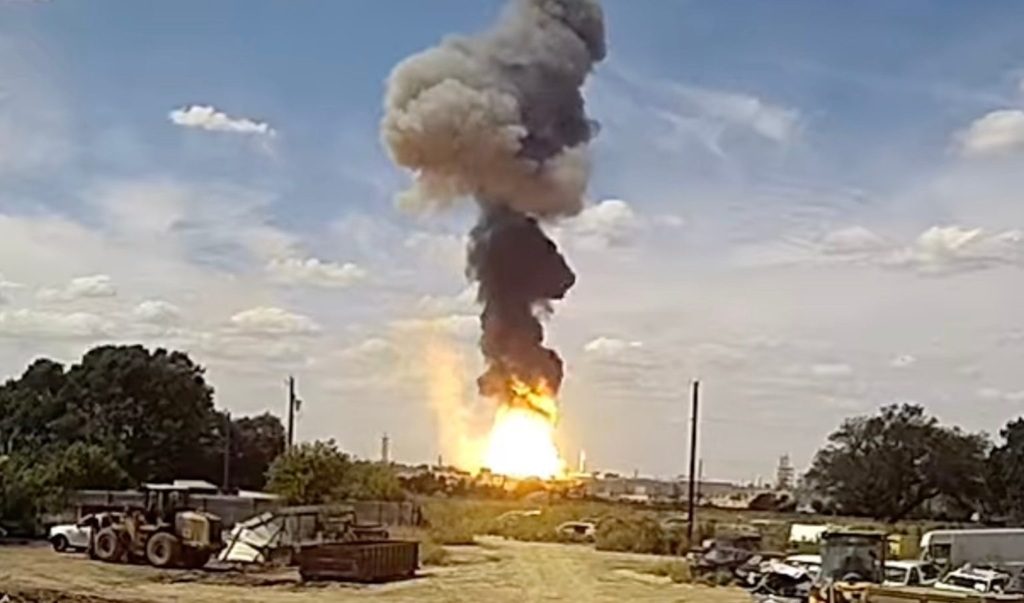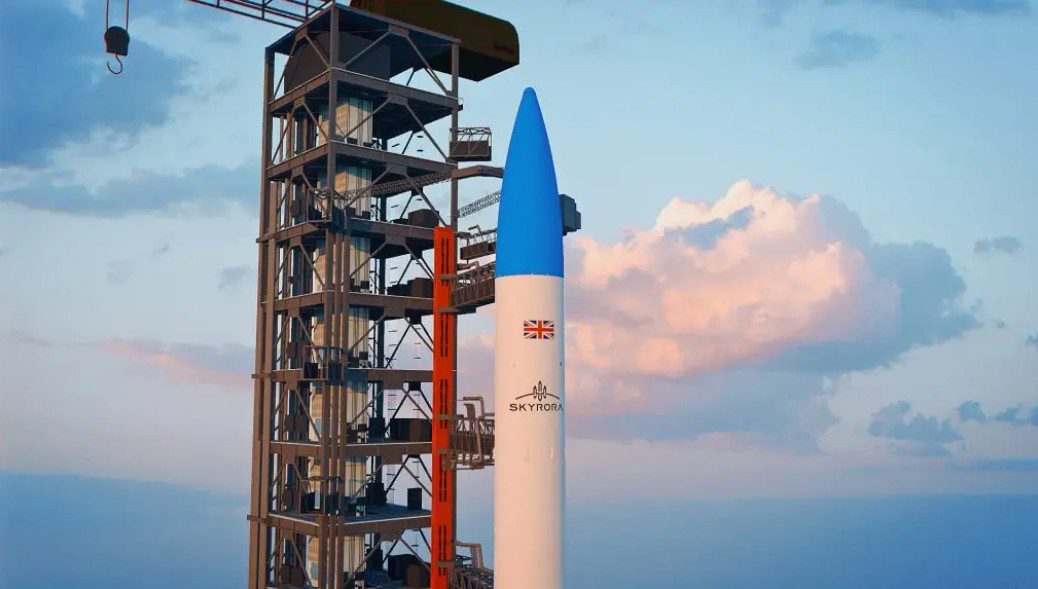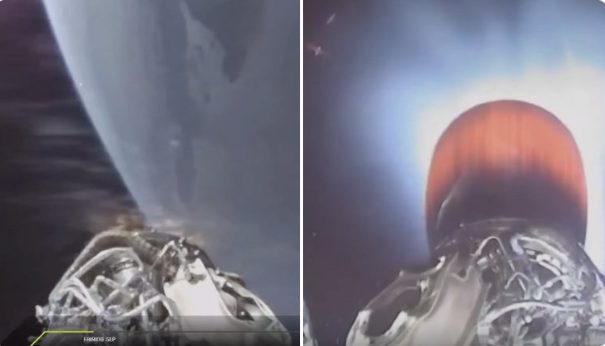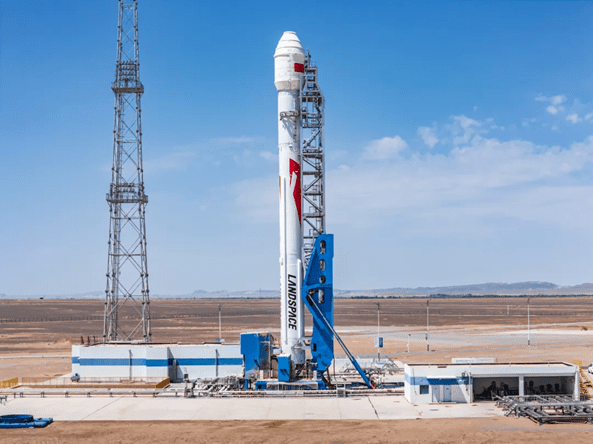A string of recent orders indicates a rising appetite for point-to-point (P2P) deliveries on Earth, as the US military looks for ways to deliver large cargos anywhere in the world within an hour.
The Defense Innovation Unit (DIU) of the US Department of Defense (DoD) has commissioned two small launch vehicles to demonstrate long-range deliveries of military cargo, to be flown under the unit’s Novel Responsive Space Delivery project.
The first of these contracts was announced in April and awarded to Astra, a Californian launch provider. The first of two orbital delivery test flights will use its small Astra Rocket 4 design to carry a payload of about 700 kg. The vehicle is scheduled to launch in 2026 from, most likely, Australia. Such a fractionally orbital flight might be able to deliver such a payload to anywhere on Earth within one hour.

Horsa and Hamilcar gliders cover the D-Day Landing Zone N near Ranville (and the Pegasus and Orne Bridges). Courtesy: IWM via Wikipedia
In May, Rocket Lab announced that its Neutron rocket would fly a REGAL/Rocket Cargo programme launch for the US Air Force Research Lab to demonstrate its own P2P cargo capability.
The DIU also awarded startup launch provider Stoke Space a US$4.5 million contract last August to develop a fully reusable rocket that could be utilised for P2P.
It is not just launch providers that are involved. In October last year, spacecraft manufacturer Sierra Space announced a contract to scale up Ghost, its re-entry vehicle, to increase its P2P cargo capacity from 150 kg to up to 10 metric tons.
Other companies involved in developing re-entry vehicles capable of making deliveries from orbit include: Inversion Space, Outpost and Varda.

RAF Chinook Courtesy: UK MoD copyright
The DoD has also been eyeing up larger vehicles. In 2022, it signed a contract with SpaceX to demonstrate P2P delivery using Starship, as part of its Rocket Cargo programme. The aim of the project is to make it possible to make deliveries to anywhere on Earth in less than 90 minutes.
The contract, valued at over US$149 million, stipulates that SpaceX land 30 metric tons of government cargo in a test flight scheduled for 2026. The flight will carry cargo at orbital speed to a point on the Earth’s surface before landing and craning cargo down. The US Air Force plans to build two test landing pads on Johnston Island, in the Pacific Ocean, for the demonstration.
In a world of Amazon parcels, the desire, and even the expectation, for the fastest possible delivery times has become commonplace. However, the question of how to transport tanks and artillery to remote locations – particularly those that are far from airstrips – has been exercising the minds of the military for years. After all, it is a bit more complicated than transporting a book.
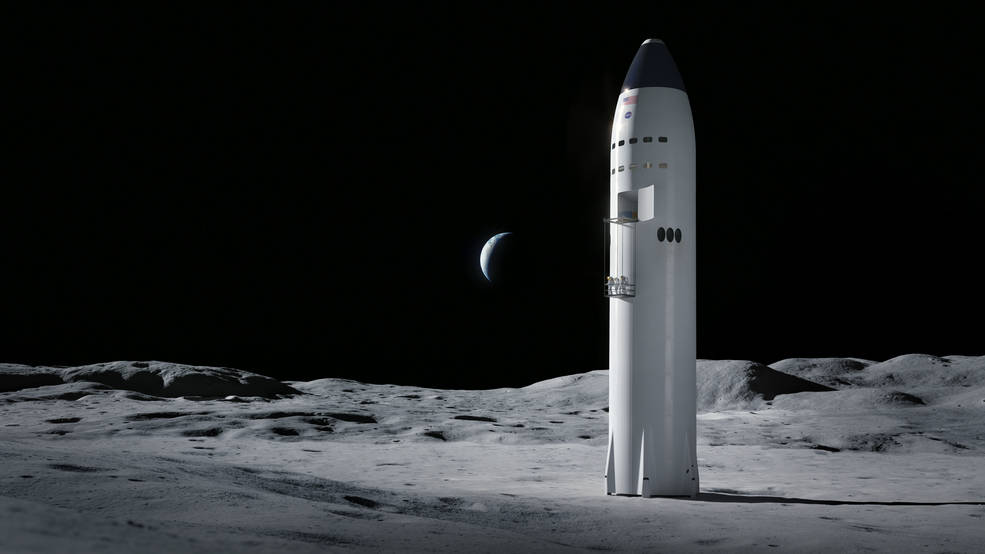
Artist’s impression of Starship on lunar surface – but the Starship could also deliver cargo on Earth. Courtesy: SpaceX
A brief history
At first it looked like rough-landing gliders might be the answer. Horsa and Hamilcar gliders, which were towed and released by aircraft, became a required delivery device in World War II. For example, on D-Day (6 June 1944) they were used for the quiet delivery of troops to fields near key positions, such as the Pegasus bridges, which were subsequently captured. Later the same day, the gliders were employed to deliver anti-tank guns and vehicles to help lightly armed airborne forces fend off retaliatory German armoured panzer attacks.
Technology subsequently moved on and gliders were usurped by helicopters for the P2P delivery (and retrieval) of soldiers and equipment. By the Vietnam war in the mid-1960s, heavy-lift helicopters, such as the twin rotor CH-47 Chinook, were powerful enough to lift artillery pieces and their shells to clearings at the front.
Comparing P2P methods
Helicopters – and other vertically landing aircraft (e.g. the V-22 Osprey and unmanned aerial vehicles) – are typically slow moving, flying at between about 150 and 300 knots. This makes them vulnerable to enemy fire from machine guns and light anti-aircraft guns, particularly during landing. Helicopters have become more susceptible to being shot down with the arrival of man portable (MANPAD) anti-aircraft missiles in modern warfare. This vulnerability is why helicopter operations are increasingly limited in the conflict between Ukraine and Russia, by both countries.
A slight advantage of using rockets to deliver cargo is that they are less likely to be destroyed as their approach to landing is so rapid (see the Falcon 9 booster landings).

Axelerator Ghost concept is a deployable re-entry vehicle. Courtesy: Sierra Space
Comment by David Todd: The idea of landing troops and their heaviest weaponry anywhere on the planet using spaceships has an undeniably sci-fi quality to it. Star Wars, and the delivery of stormtroopers, is what comes to mind specifically. Those films make P2P look slick and even cool. However, what they do not show are the inevitable, and sizeable, costs of P2P. The reality is that this is a major downside: each delivery flight would probably cost more than US$10 million. This means that such deployments would be rare, and probably only in emergencies. Another potential problem with P2P by rockets is that launch vehicles, and their cargo, must be ready to fly at extremely short notice. Otherwise, the high-speed flight capabilities are rendered pointless.


